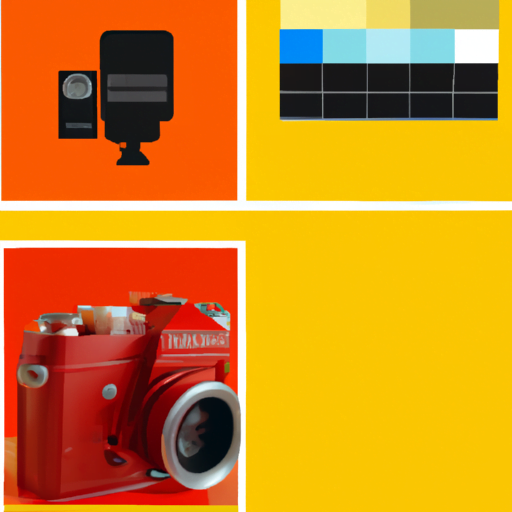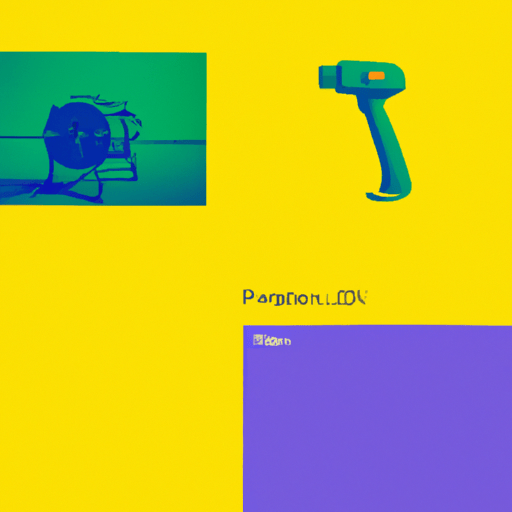
-
Table of Contents
Minimalism and Flat Design: The Evolution of User Interfaces

In the world of user interface design, trends come and go. One of the most significant shifts in recent years has been the move towards minimalism and flat design. This article will explore the evolution of user interfaces, from the early days of skeuomorphism to the rise of minimalism and flat design. We will examine the reasons behind this shift, the benefits it offers, and provide examples and case studies to support our points.
The Rise of Skeuomorphism
In the early days of user interface design, skeuomorphism was the dominant style. Skeuomorphism is the practice of designing digital interfaces to mimic real-world objects. This approach aimed to make digital interfaces feel familiar and intuitive by using elements such as drop shadows, gradients, and textures to imitate physical materials.
Apple’s iOS is a prime example of skeuomorphic design. The early versions of iOS featured realistic icons that resembled physical objects, such as a notepad for the Notes app or a cassette tape for the Music app. These designs were visually appealing and helped users understand the purpose of each app.
However, as technology advanced and users became more accustomed to digital interfaces, the limitations of skeuomorphism became apparent. Skeuomorphic designs often resulted in cluttered and visually heavy interfaces, which could be overwhelming for users. Additionally, the use of realistic textures and gradients could slow down the performance of digital devices.
The Shift Towards Minimalism
As users started to demand simpler and more streamlined interfaces, designers began to explore minimalism as an alternative to skeuomorphism. Minimalism is a design approach that focuses on simplicity, removing unnecessary elements and reducing visual clutter.
One of the pioneers of minimalism in user interface design was Google with its Material Design language. Material Design introduced a set of design principles that emphasized clean lines, bold colors, and a flat aesthetic. This approach aimed to create interfaces that were visually appealing, intuitive, and fast-loading.
One of the key benefits of minimalism is improved usability. By removing unnecessary elements and simplifying the interface, users can focus on the core functionality of the application. This leads to a more intuitive and efficient user experience.
The Rise of Flat Design
Flat design is a subset of minimalism that takes simplicity to the extreme. It eliminates the use of shadows, gradients, and textures, opting for a two-dimensional aesthetic with clean lines and bold colors. Flat design gained popularity with the release of Microsoft’s Windows 8, which featured a tile-based interface with simple, flat icons.
Flat design offers several advantages over skeuomorphism and even traditional minimalism. Firstly, it is more adaptable to different screen sizes and resolutions. The absence of complex textures and gradients allows flat designs to scale easily without losing clarity or visual appeal.
Secondly, flat design is more accessible for users with visual impairments. The lack of visual clutter and the use of high contrast colors make it easier for users with low vision to navigate and interact with digital interfaces.
Finally, flat design is well-suited for responsive design. With the increasing use of mobile devices, responsive design has become a necessity. Flat design’s simplicity and adaptability make it easier to create interfaces that work seamlessly across different devices and screen sizes.
Case Studies and Examples
Let’s take a look at some case studies and examples that highlight the benefits of minimalism and flat design in user interfaces.
Case Study: Airbnb
Airbnb is a prime example of a company that embraced minimalism and flat design to improve its user experience. In 2014, Airbnb underwent a major redesign, shifting from a skeuomorphic design to a flat design approach.
The new design featured clean lines, simple icons, and a focus on typography. The interface became more intuitive and visually appealing, allowing users to easily navigate and book accommodations. The redesign resulted in a 30% increase in bookings within the first month.
Example: Apple’s iOS 7
Apple’s iOS 7 marked a significant departure from the skeuomorphic design of its predecessors. The update introduced a flat design aesthetic with clean lines, bold colors, and simplified icons.
The shift to flat design not only improved the visual appeal of iOS but also enhanced the user experience. The simplified interface made it easier for users to navigate and interact with their devices. The update was well-received, with 200 million devices upgrading to iOS 7 within the first week of its release.
Conclusion
The evolution of user interfaces from skeuomorphism to minimalism and flat design has been driven by the need for simplicity, usability, and adaptability. Skeuomorphism provided a familiar and visually appealing approach, but it often resulted in cluttered and slow interfaces. Minimalism and flat design offer a more streamlined and efficient user experience, with benefits such as improved usability, adaptability, and accessibility.
Companies like Airbnb and Apple have successfully embraced minimalism and flat design, resulting in improved user experiences and increased user engagement. As technology continues to evolve, it is likely that minimalism and flat design will continue to shape the future of user interface design.
By understanding the principles and benefits of minimalism and flat design, designers can create interfaces that are visually appealing, intuitive, and adaptable to different devices and user needs.
